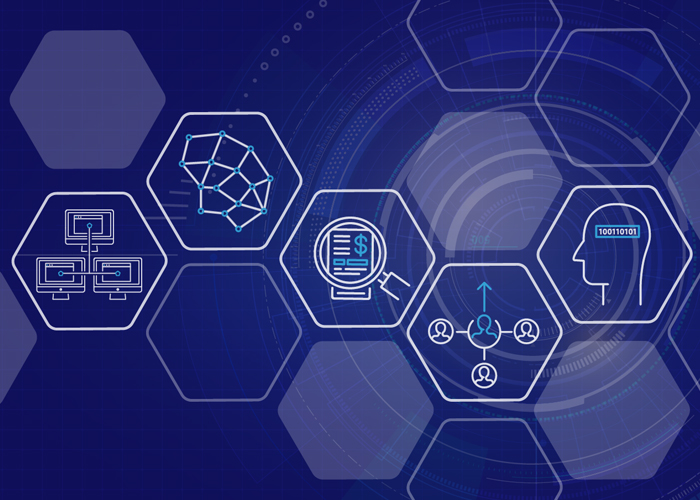Forward-looking CEOs are imagining a world where a doctor or hospital bill is as clear and easy to understand as a restaurant tab. Or where a mammogram is co-read by a machine, thereby significantly reducing the impact of normal human errors encountered during the reading process. Artificial intelligence and machine learning are making both of those scenarios possible and will converge to revolutionize in the next several years.
Investment in AI solutions continues to grow by leaps and bounds. Global spending on AI reached $37.5 billion in 2019 across industries including healthcare, banking, retail, professional services, and more, according to IDC, a global IT research firm. That number is expected to top $97.9 billion by 2023, IDC reports.
Nick Giannasi, Ph.D., executive vice president and chief AI officer for Change Healthcare, says AI and machine learning—when a machine can learn a process without having to be programmed by a human—can enable tasks to be done “faster, better and cheaper” than the way they are currently done. “AI has the power to really change the cost and quality curve in healthcare,” he says.
Among the biggest contributors to the high cost of healthcare in the U.S. are the complexity and competing interests of payers, providers, and patients, Giannasi says. AI and machine learning can help solve that. For instance, if a patient has a car accident and is taken to the hospital by ambulance, EMTs perform a series of labor-intensive tasks in order for the hospital and doctor to be paid. The information gathered about the patient’s accident, condition and injuries must be recorded and then coded properly. That information is sent to the payer for reimbursement. If anything in the coding is incorrect, the claim is sent back, which creates delays and increases the cost.
By applying AI and machine learning to the process, that same patient information can be compared with millions of other patient records containing similar pieces of data. In a matter of seconds, a machine learning tool can determine the correct diagnosis along with the primary complaint and apply all the correct codes. “In the time it would take a human to code one of these records, machine learning can code more than seven million encounters while maintaining and even improving accuracy,” Giannasi says. “The performance is amazing.”
Image-based AI promises to deliver groundbreaking improvements in medical imaging, especially when applied to the more challenging, repetitive and sometimes error-prone aspects of image detection performed by even the most highly trained radiologists.
Dr. Patrick McLaughlin, chief medical officer at Change Healthcare, says that dedicated AI algorithms for screening mammography are already performing to the standards of radiologists. “Mammograms are very difficult to read and sometimes there is variability of interpretation between different radiologists, so one of the main benefits we currently see is the ability for AI to standardize the radiologist’s accuracy,” he says. “Currently we find that humans and computers together perform better than humans alone or computers alone, so we’re actively working on the use of AI to standardize, accelerate, and improve multiple clinical workflows.”
As for concerns that AI and machine learning will eventually render radiologists unnecessary and obsolete, Dr. McLaughlin isn’t too worried. “AI will reduce the time spent on challenging and laborious detection tasks and will ensure that radiologists are performing to the best possible standards of quality. When it comes to diagnostic accuracy, utilization of AI to supplement the radiologist is quickly proving itself as the gold standard,” he adds.
AI and machine learning can also play a significant role in bringing cost savings to the healthcare system. “Many companies are trying to solve the healthcare cost issue with better transparency, but that does nothing to get at the real issue,” explains Giannasi. “It has to be solved from the other end.” That’s because payers typically use third-party firms to look for overpayments and providers do the same for underpayments. By using AI solutions to reconcile underpayments for healthcare providers and overpayments for insurance companies, costly inefficiencies can be weeded out from the start. As CEOs continue investing more money and resources into AI and machine learning, health care will become more efficient and cost-effective and that, in turn, enables CEOs to shift more attention to better outcomes and better health for patients.










